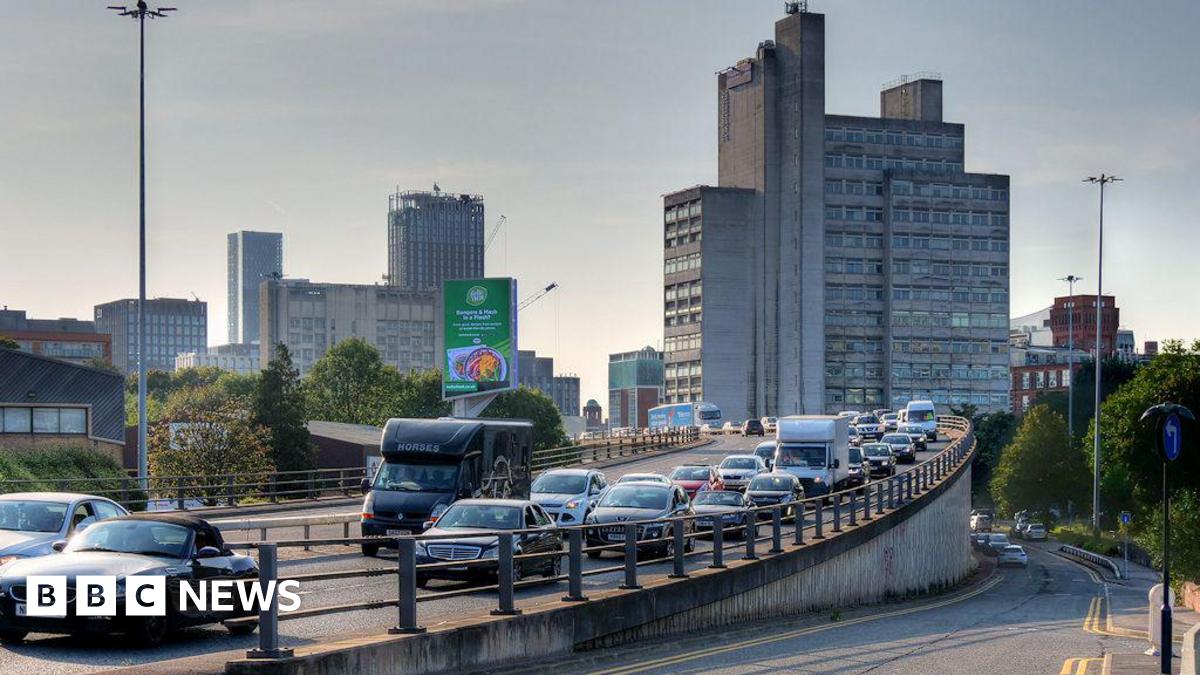
Introduction
The M25 motorway, often referred to as London’s orbital motorway, has become a crucial component of the UK’s road transport network since its opening in 1975. Stretching approximately 117 miles, it encircles the Greater London area and serves as a vital connection for various routes leading into and out of the capital. Understanding the significance of the M25 is pivotal, as it affects commuting patterns, economic activities, and logistics operations across the country.
Recent Developments
In recent months, the UK government has announced several initiatives to improve the M25’s infrastructure. In August 2023, a £15 million investment plan was unveiled to upgrade key junctions along the motorway. This plan aims to alleviate congestion, which has reportedly increased by 15% during peak hours compared to previous years. The upgrades will also include enhanced signage and traffic management systems designed to improve safety and efficiency for the millions of drivers who rely on this route.
As part of these upgrades, the Highways England Agency is also implementing smart motorway technology that allows for variable speed limits and lane management. This technology aims to optimise traffic flow and reduce bottlenecks significantly. Pilot projects have already shown promising results in reducing travel times by up to 20% on certain stretches of the M25.
Environmental Considerations
However, while enhancing the M25’s capacity is vital for economic growth, it faces criticism from environmental activists. Concerns over air quality and carbon emissions have led to calls for sustainable alternatives to road travel. Recent studies indicate that the traffic congestion on the M25 contributes significantly to air pollution in London. In response, the government is exploring measures such as expanding public transport options and promoting electric vehicles to mitigate these impacts.
Conclusion
The M25 motorway remains a critical artery for UK transport, facilitating commerce and daily commutes for millions. Its ongoing upgrades reflect the challenges of managing increasing traffic while addressing environmental concerns. Looking to the future, it is clear that the government will need to balance the demands of economic growth with sustainable transport practices. As the situation evolves, residents and stakeholders will be keenly watching how these developments shape not just the M25, but the broader landscape of UK transport in the coming years.
You may also like

Understanding the Importance of Rayleigh Weir

Understanding the Role of Subway in Urban Transport Systems
